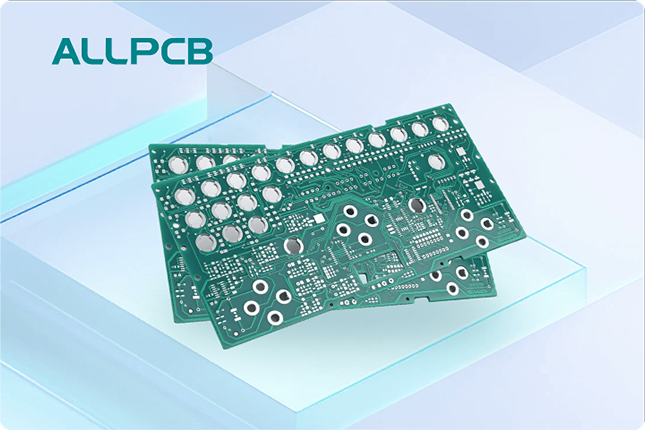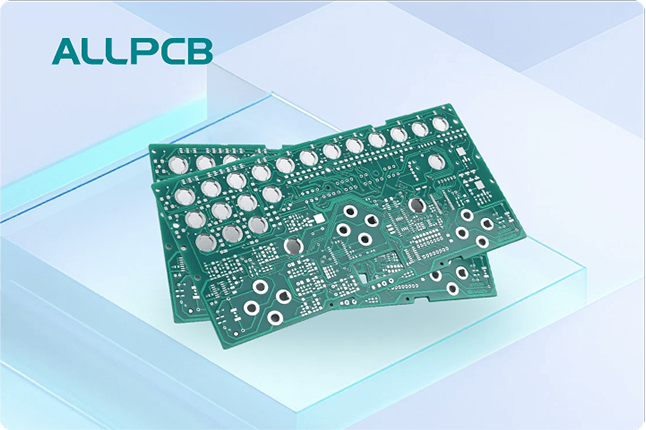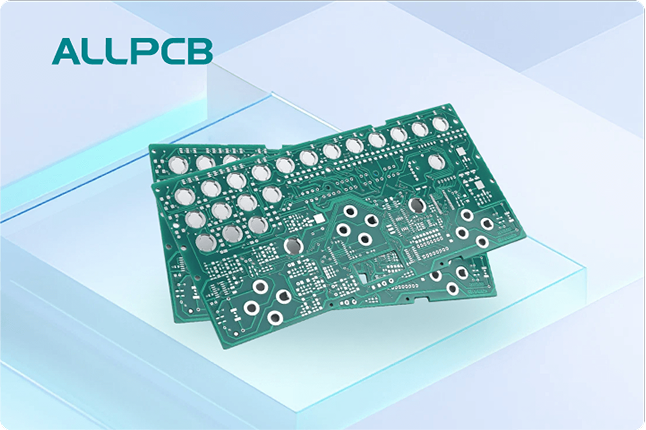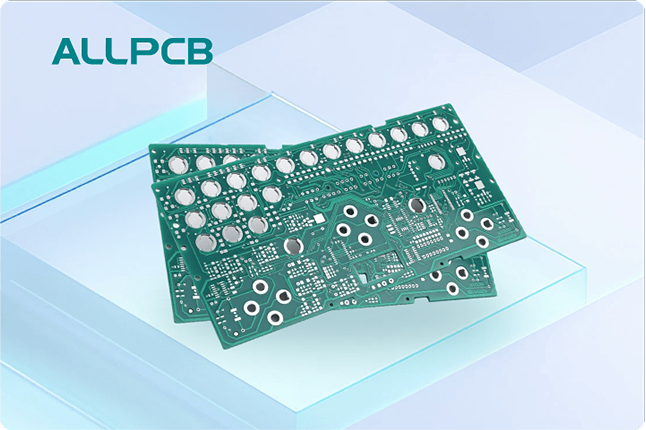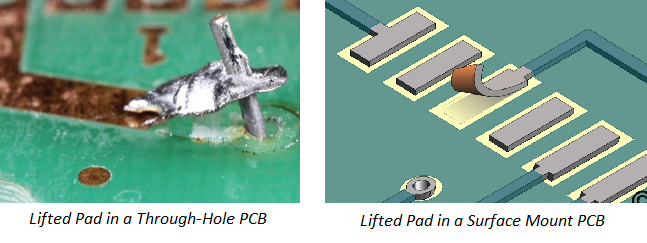If you're looking for a reliable way to repair or modify printed circuit boards (PCBs) with surface mount technology (SMT) components, a PCB rework station for SMT is your go-to tool. Whether you're a professional technician or a hobbyist, an SMT rework station (also known as an SMD rework station) helps you remove, replace, or repair tiny surface-mounted devices (SMDs) with precision. In this comprehensive guide, we'll dive deep into what a rework station for SMT and SMD components is, why it’s essential, how to choose one, and best practices for using it in surface mount rework projects.
What Is a PCB Rework Station for SMT Components?
A PCB rework station for SMT components is a specialized toolset designed to handle the delicate task of working with surface-mounted devices on circuit boards. Unlike traditional through-hole components, SMT components are much smaller and soldered directly onto the PCB surface, making manual soldering challenging without the right equipment. An SMT rework station typically includes tools like hot air guns, soldering irons, and sometimes infrared heaters to manage the precise heating and cooling needed for surface mount rework.
These stations are critical for tasks such as:
- Removing defective SMD components without damaging the PCB.
- Replacing components with new ones for repairs or upgrades.
- Reflowing solder to fix poor connections or cold joints.
Whether you're using a rework station for SMT or SMD components, the goal is the same: precision and control to avoid damaging delicate parts or the board itself.
Why Do You Need an SMT Rework Station?
Working with SMT components without proper tools can lead to damaged boards, lifted pads, or ruined components. Here are some key reasons why a rework station for SMT or SMD is essential:
- Precision Handling: SMT components can be as small as 0.4mm x 0.2mm (like 0201 package sizes). A rework station provides the fine control needed to work with such tiny parts.
- Temperature Control: Overheating can destroy components or warp the PCB. Most SMT rework stations allow you to set precise temperatures, often ranging from 100°C to 480°C, to match the requirements of different components and solder types.
- Versatility: Whether you're desoldering a quad flat package (QFP) or reflowing a ball grid array (BGA), a rework station for SMT offers multiple tools and settings for various tasks.
- Efficiency: Manual soldering irons are slow and risky for SMT work. A dedicated SMD rework station speeds up the process while reducing errors.
For anyone involved in electronics repair or prototyping, investing in a rework station for SMD components is a game-changer for maintaining quality and reliability in your projects.
Types of Rework Stations for SMT and SMD Components
Not all rework stations are the same. Depending on your needs, budget, and the complexity of your projects, you can choose from several types of SMT rework stations. Below are the main categories:
1. Hot Air Rework Stations
Hot air stations are the most common type of rework station for SMT. They use a stream of heated air to melt solder, allowing you to remove or place components. These stations often come with adjustable temperature and airflow settings, making them suitable for a wide range of components, from resistors to larger ICs.
- Best For: General SMD rework and components like SOICs, QFPs, and chip resistors.
- Typical Temperature Range: 100°C to 450°C.
- Airflow Control: Often adjustable between 1 to 120 liters per minute for precision.
2. Infrared (IR) Rework Stations
Infrared rework stations use focused IR heat to target specific areas of the PCB. They are ideal for working with sensitive components or densely populated boards where hot air might affect nearby parts.
- Best For: BGA rework and high-density boards.
- Advantage: Provides uniform heating without moving air, reducing the risk of displacing small components.
3. Combined Soldering and Rework Stations
These stations integrate a soldering iron with a hot air gun or IR heater. They are perfect for users who need a single, compact solution for both SMT and through-hole work.
- Best For: Hobbyists and small workshops with limited space.
- Typical Power: Soldering irons in these units often range from 40W to 80W for adequate heat delivery.
How to Choose the Right Rework Station for SMT and SMD Work
Selecting the best rework station for SMT or SMD components depends on your specific needs. Here are key factors to consider when making your choice:
- Temperature and Airflow Control: Look for a station with precise digital controls. For example, a temperature accuracy of ±5°C ensures you won’t overheat sensitive components.
- Component Compatibility: If you work with BGAs or CSPs (chip-scale packages), opt for an IR station or a hot air station with fine nozzles (as small as 1mm in diameter).
- Power and Heating Speed: Higher wattage (e.g., 700W to 1000W for hot air stations) means faster heat-up times, which is critical for efficiency in busy environments.
- Accessories and Nozzles: Ensure the station comes with or supports a variety of nozzle sizes for different component packages (e.g., 3mm to 10mm nozzles for hot air).
- Budget: Entry-level hot air stations start at around $50-$100, while professional IR systems for BGA rework can cost $500 or more. Balance cost with the features you need.
- Ergonomics and Safety: Look for stations with auto-shutdown features, heat-resistant handles, and stable stands to prevent accidents during surface mount rework.
By focusing on these criteria, you can find a rework station for SMT that fits your workflow and ensures high-quality results.
Step-by-Step Guide to Using an SMT Rework Station
Using a rework station for SMT or SMD components may seem intimidating at first, but with the right steps, it becomes straightforward. Below is a practical guide for removing and replacing an SMD component using a hot air rework station.
Step 1: Prepare Your Workspace
- Set up your rework station on a flat, heat-resistant surface.
- Gather necessary tools: tweezers, flux, solder paste, and cleaning materials like isopropyl alcohol (90% or higher concentration).
- Ensure proper ventilation to avoid inhaling fumes from melting solder.
Step 2: Set the Temperature and Airflow
- Check the component datasheet for recommended soldering temperatures (typically 300°C-350°C for lead-free solder).
- Adjust the airflow to a low setting (e.g., 20-30 liters per minute) to avoid blowing away nearby components.
Step 3: Apply Flux
- Use a flux pen or syringe to apply flux around the component you’re removing. Flux helps the solder melt evenly and reduces oxidation.
Step 4: Heat and Remove the Component
- Hold the hot air nozzle 1-2 inches above the component and move it in a circular motion for even heating.
- Once the solder melts (usually after 10-20 seconds), use tweezers to gently lift the component off the board.
Step 5: Clean the Pads
- Remove excess solder from the PCB pads using a desoldering braid and a soldering iron set to around 300°C.
- Clean the area with isopropyl alcohol and a brush to remove flux residue.
Step 6: Place the New Component
- Apply a small amount of solder paste to the pads (or pre-tin them with a soldering iron).
- Position the new component using tweezers, ensuring proper alignment with the pads.
Step 7: Reflow the Solder
- Use the hot air nozzle again to heat the area until the solder paste melts and bonds the component to the pads (typically 15-30 seconds).
- Allow the board to cool naturally—do not blow air on it, as this can cause thermal stress.
Step 8: Inspect the Work
- Use a magnifying glass or microscope to check for proper solder joints. Look for shiny, even connections without bridges or cold joints.
- Test the board to confirm the component functions correctly.
Best Practices for Surface Mount Rework
To achieve consistent results and avoid common pitfalls during surface mount rework, follow these best practices:
- Avoid Overheating: Prolonged exposure to high temperatures (above 400°C for more than 30 seconds) can damage components or lift PCB pads. Use a temperature profile suited to the solder type (lead-free solder often requires 20-30°C higher than leaded solder).
- Use Proper Nozzle Sizes: Match the hot air nozzle to the component size. For example, a 3mm nozzle works well for small chip components, while a 10mm nozzle suits larger ICs.
- Protect Nearby Components: Use heat-resistant tape or shields to prevent heat from affecting adjacent parts on densely populated boards.
- Practice on Scrap Boards: If you're new to using a rework station for SMD, test your skills on old or damaged PCBs to build confidence before working on valuable projects.
- Maintain Your Tools: Clean nozzles and tips regularly to ensure consistent heat delivery. Replace worn-out parts to avoid uneven heating.
Common Challenges in SMT Rework and How to Overcome Them
Even with the best rework station for SMT, you might encounter issues. Here are some common challenges and solutions:
- Lifted Pads: This happens when too much heat or force is applied. To avoid it, keep heating times short (under 30 seconds) and use minimal pressure with tweezers. If a pad lifts, repair it with a small wire jumper and conductive epoxy.
- Solder Bridges: Excess solder can connect adjacent pins. Remove it with a desoldering braid and a low-temperature soldering iron (around 280°C).
- Component Misalignment: If a component shifts during reflow, reheat the area briefly and reposition it with tweezers before the solder cools.
- Thermal Damage: Components like capacitors can crack under thermal stress. Use a preheat setting (if available on your station) to warm the board to 100°C-150°C before applying full heat.
Conclusion: Mastering Surface Mount Rework with the Right Tools
A PCB rework station for SMT components is an invaluable asset for anyone working with modern electronics. Whether you’re using an SMT rework station for repairs, prototyping, or modifications, the precision and control it offers can save time, reduce errors, and improve the quality of your work. By understanding the types of rework stations for SMT and SMD, choosing the right one for your needs, and following best practices for surface mount rework, you can tackle even the most challenging projects with confidence.
At ALLPCB, we’re committed to supporting your electronics projects with high-quality tools and resources. Investing in a reliable SMD rework station is just one step toward achieving professional results in your PCB work. With the right equipment and techniques, you’ll be ready to handle any SMT challenge that comes your way.
 ALLPCB
ALLPCB


